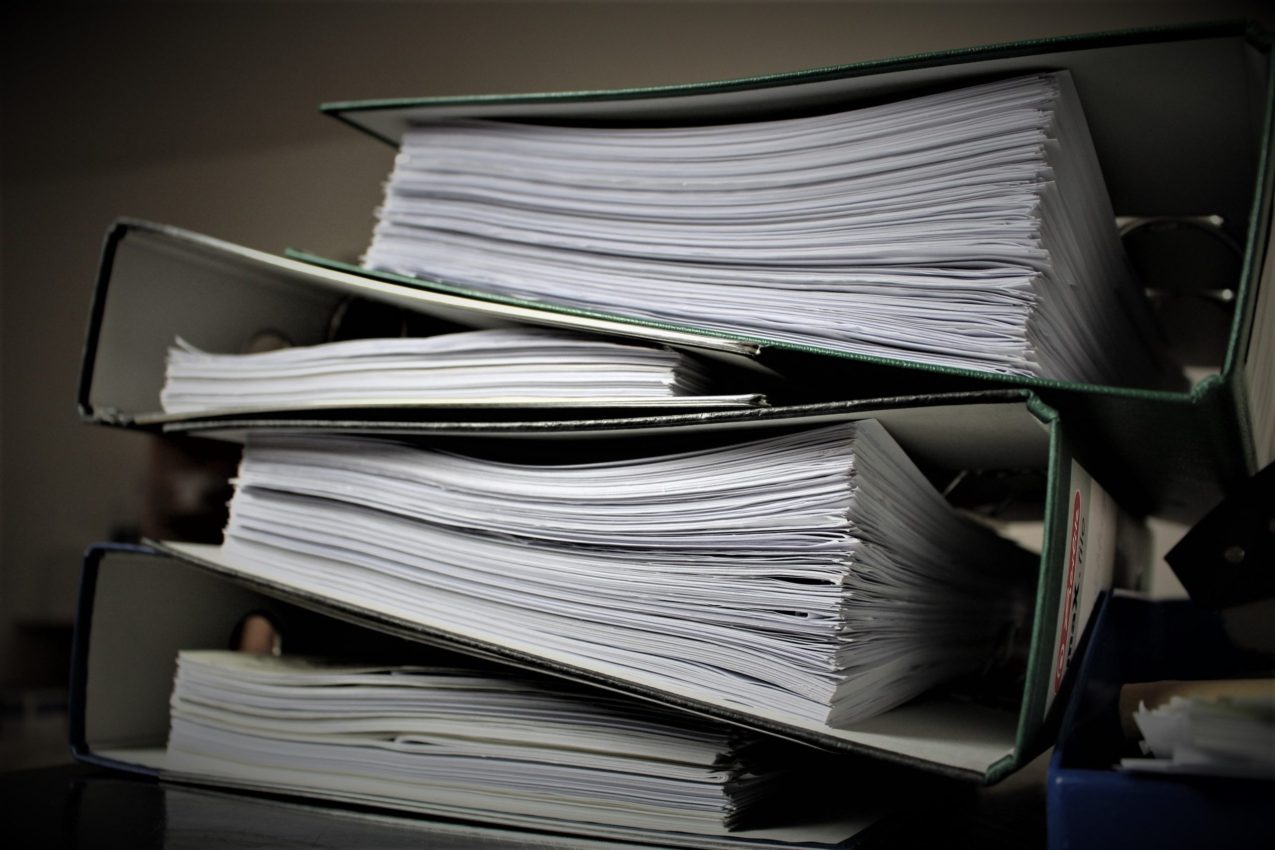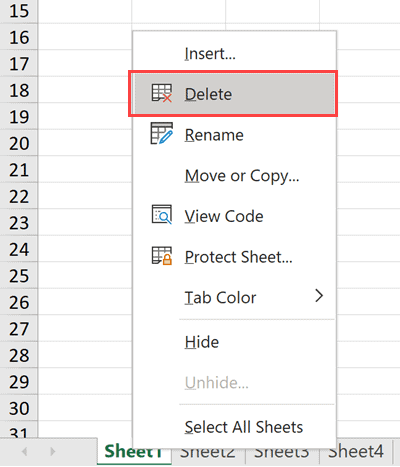How Long Does Suppressor Paperwork Take? The Ultimate Guide

Processing a suppressor application can be a journey filled with anticipation, especially for those new to the world of National Firearms Act (NFA) items. The time from application to approval can vary significantly, influenced by numerous factors. Here, we'll delve into the nuances of suppressor paperwork timelines, what to expect, and how to expedite the process.
The Approval Process

The journey of acquiring a suppressor begins with a simple act of signing on the dotted line, but the road ahead is often longer than anticipated. Here’s a rundown of what you can expect:
- Form 4 Submission: As an individual, you’ll submit this form to the ATF (Alcohol, Tobacco, Firearms, and Explosives) requesting approval for the transfer of the suppressor.
- Fingerprints and Photos: Both are required for your application.
- Chief Law Enforcement Officer (CLEO) Notification: Although no longer mandatory for signing, the local CLEO must still receive notification of your intent to purchase.
- Form 4473 and NICS Check: These are completed by your firearms dealer upon purchasing the suppressor.
Factors Influencing Approval Time

Here are some key elements that can stretch or shrink your wait time:
- Backlog at the ATF: The sheer volume of applications can overwhelm the system.
- Paperwork Accuracy: Any errors or omissions will delay processing.
- Current Political Climate: Changes in gun laws or enforcement focus can shift timelines.
- FBI NICS Checks: Delays in checking your background can contribute to the waiting period.
- Changes in ATF Processing: Variations in how applications are processed can impact times.
How Long Does It Typically Take?

| Scenario | Time Range |
|---|---|
| Best Case Scenario | 1-3 months |
| Average | 6-9 months |
| Worst Case Scenario | 12+ months |

⏱️ Note: This data reflects estimates based on current conditions and might not predict your exact wait time.
Expediting the Process

While you can’t force the ATF to act faster, here are some strategies to minimize your waiting time:
- Submit Everything Accurately: Ensure all forms are filled out correctly to avoid delays.
- Electronic Filing (eForm 4): It can be processed faster than paper submissions.
- Keep Communication Open with the Dealer: They might provide guidance or updates.
- Follow Up, But Be Polite: A courteous inquiry after several months might prompt a check.
- Be Patient: Patience can be the key to maintaining sanity during this process.
Staying Updated

Here are tips for staying informed during your wait:
- Track ATF News: Updates on processing times or policy changes.
- Engage with Community: Online forums and social media groups can be invaluable for recent experiences and advice.
- Keep the Receipt: Retain your copy of the application as proof of submission.
- Understand the NFA Process: Knowing the steps can make the wait more manageable.
In summary, the process of acquiring a suppressor involves several stages that can range from the initial application submission to the final approval by the ATF. The time frame can widely vary due to various factors, including the accuracy of your paperwork and current processing backlogs. While there are steps you can take to potentially expedite the process, patience is indeed a virtue here. By preparing your application meticulously, staying informed, and engaging with the community, you'll navigate through this process with a better understanding of what to expect.
Can I expedite my suppressor application?

+
While there’s no official expedited service, ensuring your application is complete and accurate can help avoid unnecessary delays. Also, opting for an electronic filing might reduce processing times slightly.
What happens if my suppressor application gets rejected?

+
You’ll be notified by the ATF with the reason for rejection. Common reasons include incomplete forms, background check issues, or criminal history. You can then address these issues and reapply if necessary.
Is the wait time different for trusts or corporations?

+
Historically, there’s been no significant difference in wait times for trusts or corporations compared to individuals. However, current data suggests that electronic filing, now available for all, might speed things up.



